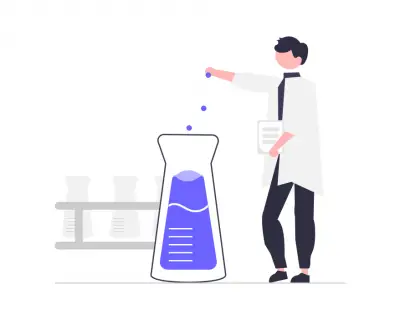
Chemical Engineering Questions and Answers
A set of Chemical Engineering questions and answers to test your understanding of developing and designing chemical manufacturing processes. Ideal for Chemical engineering students and candidates preparing for job aptitde tests or interviews.